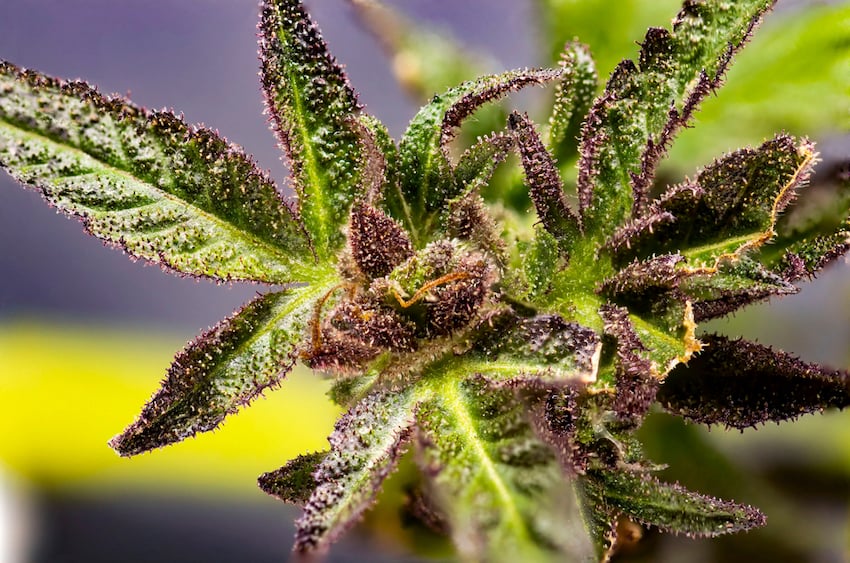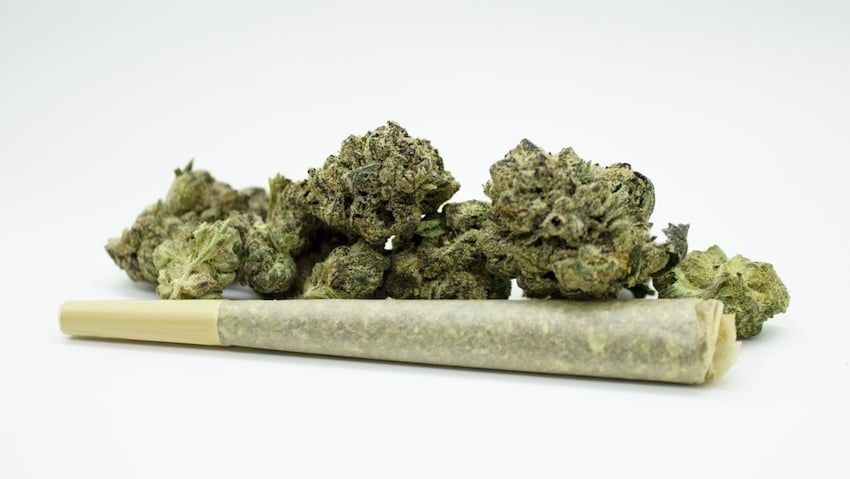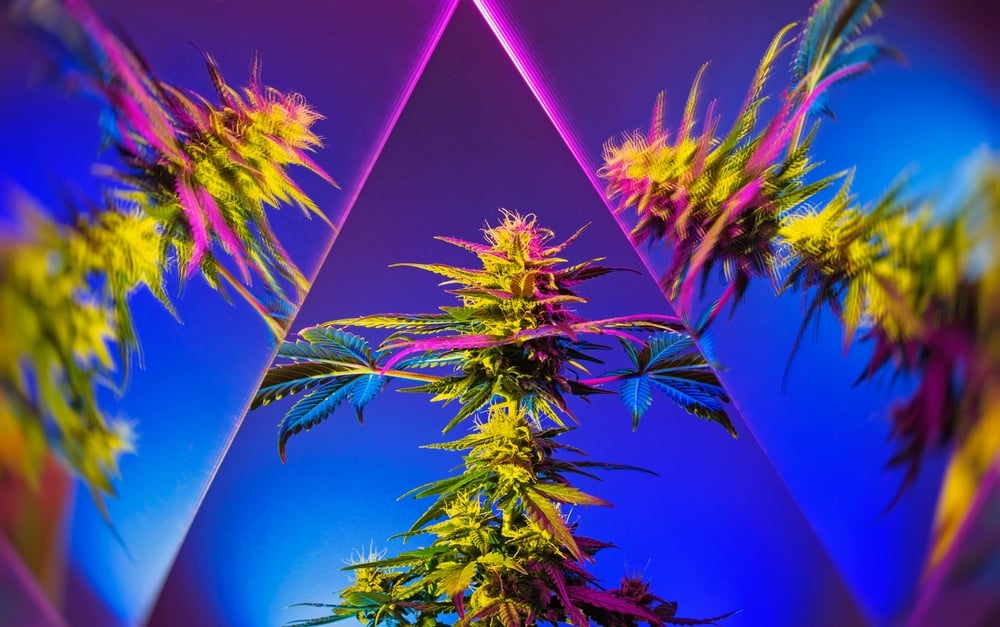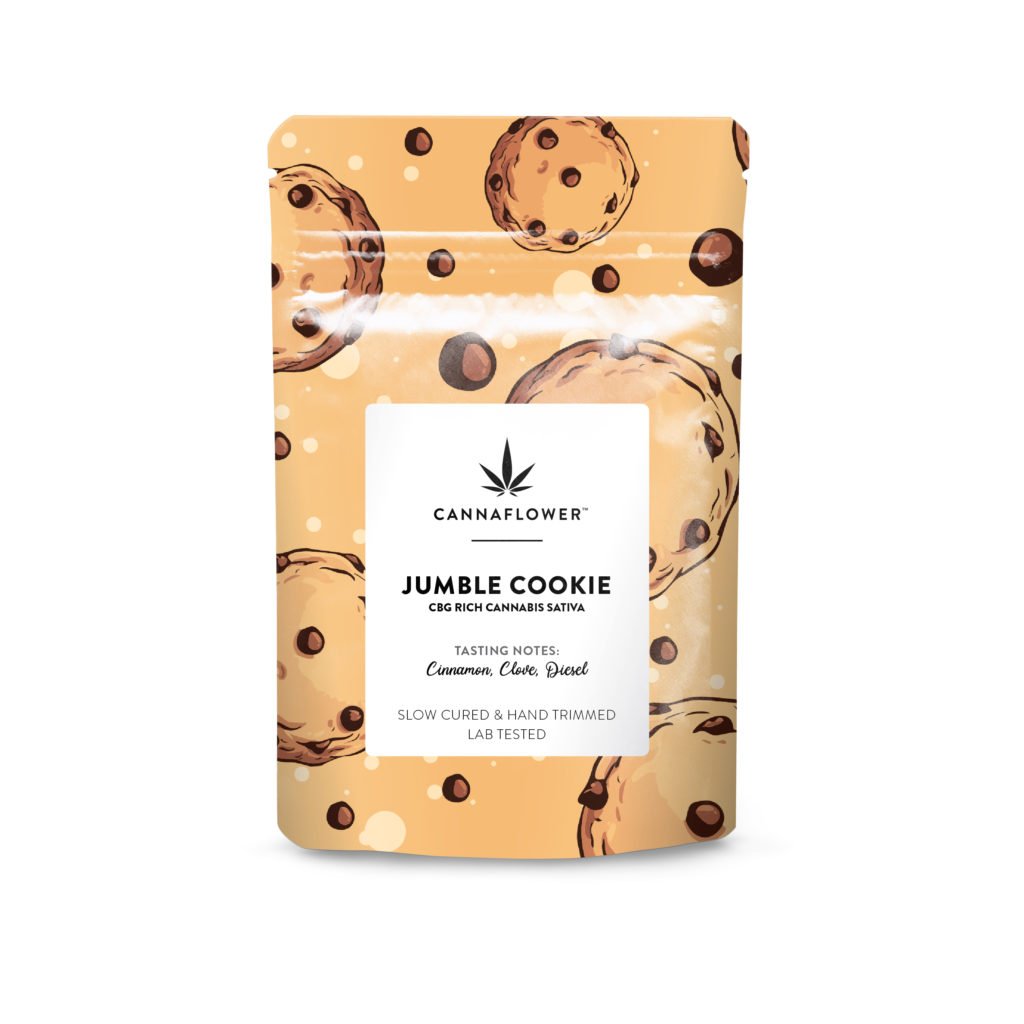With a name like “Durban Poison,” you might expect smokers to shy away from this strain. After all, “poison” isn’t something most people want to put into their bodies! However, it didn’t take long for this purebred sativa to become a staple in the cannabis community. From the 1970s until today, Durban Poison often ranks as one of the most popular and intense sativa flowers. Although Durban Poison is an icon in the marijuana sector, new users must be extra cautious when approaching these nugs. Learn the essential facts on Durban Poison before adding this cultivar to your stash.
Durban Poison Strain Overview
- South African landrace strain
- 100% sativa genotype
- Average THC: 25%
- Average CBD: ≤ 0%
- Standard terpenes: Linalool, beta-caryophyllene, and alpha-pinene

What Is Durban Poison? History, Genetics, and Average Percentages
Nobody’s sure how far back Durban Poison’s history goes, but it’s safe to say this strain has been around for centuries. Similar to Hindu Kush and Thai, Durban Poison is a “landrace cannabis strain.” Unlike hybrids, landraces grew in the wild with zero human intervention and have a 100% sativa or indica genotype. In the case of Durban Poison, these flowers are pure sativa.
The American cannabis enthusiast Ed Rosenthal first discovered the Durban Poison strain on a trip to South Africa in the 1970s. Rosenthal was impressed by the flavors, effects, and potency of these cannabis flowers, and he took a few samples home to the USA for further inspection. After in-breeding these South African landraces, Rosenthal created the Durban Poison genetics available today. FYI: “Durban” is a port city in South Africa southeast of Johannesburg. In addition to its 100% sativa genotype, Durban Poison is well-known for its high THC concentrations. Typically, these buds have over 25% THC with virtually no CBD. Such high THC percentages and zero indica genetics give Durban Poison profound psychedelic properties. People with a low THC tolerance must be careful when approaching Durban Poison nugs. It’s far safer for new customers to use low-THC hemp strains rather than pure Durban Poison to avoid the risk of paranoia.

How Does Durban Poison Taste?
Durban Poison’s flavor is just as “in-your-face” as its standard effects. People typically describe Durban Poison’s terpene profile as “spicy” and “earthy.” Heavy traces of terpenes like beta-caryophyllene and alpha-pinene give Durban Poison plenty of woodsy, smoky, and fresh pine notes. Although Durban Poison isn’t known for being a “sweet” strain, users sometimes report slight whiffs of licorice and star anise. So, fans of licorice gummies may fall in love with Durban Poison’s flavor profile.

What Does Smoking Durban Poison Feel Like?
Durban Poison is the textbook definition of a “sativa high.” Users will immediately feel their temples buzz as the THC in this strain produces a euphoric head-rush sensation. Since Durban Poison is such an energizing strain, people often use it early in the day to banish fatigue. As long as smokers have a robust THC tolerance, they may feel extra alert, joyful, and productive taking Durban Poison. However, Durban Poison’s effects can be somewhat psychedelic, especially at high doses.
Durban Poison isn’t the best option if customers are searching for a chill “stoner” high. It’s unlikely Durban Poison will produce indica-like “body-heavy” effects or sedation. Rather, this landrace strain usually gives people a massive surge of energy and creativity. Customers should always use Durban Poison early to avoid messing up their sleep cycle.

Does Durban Poison Have Side Effects?
Durban Poison carries a high risk of paranoia, especially if people have minimal experience with THC. There’s not enough CBD in Durban Poison flowers to counter THC’s psychoactive effects. Plus, without any indica influence, Durban Poison hits users with a hard “head-rush” sensation that often causes lightheadedness, confusion, and intense fear. People prone to panic attacks or anxiety will probably have a difficult time with Durban Poison. Users need to have plenty of experience with THC cannabis strains before moving up to this potent landrace. Instead of rushing for purebred sativas like Durban Poison, new customers should focus on high-CBD hemp hybrids like those on Cannaflower. Today, many sativa-forward hemp strains have ≤ 0.3% delta-9 THC. Although these hemp strains can give users an “energy boost,” they don’t have the psychedelic properties of standard cannabis strains. In fact, CBD is a non-psychoactive cannabinoid, meaning users have a low risk of panic attacks or paranoia.



